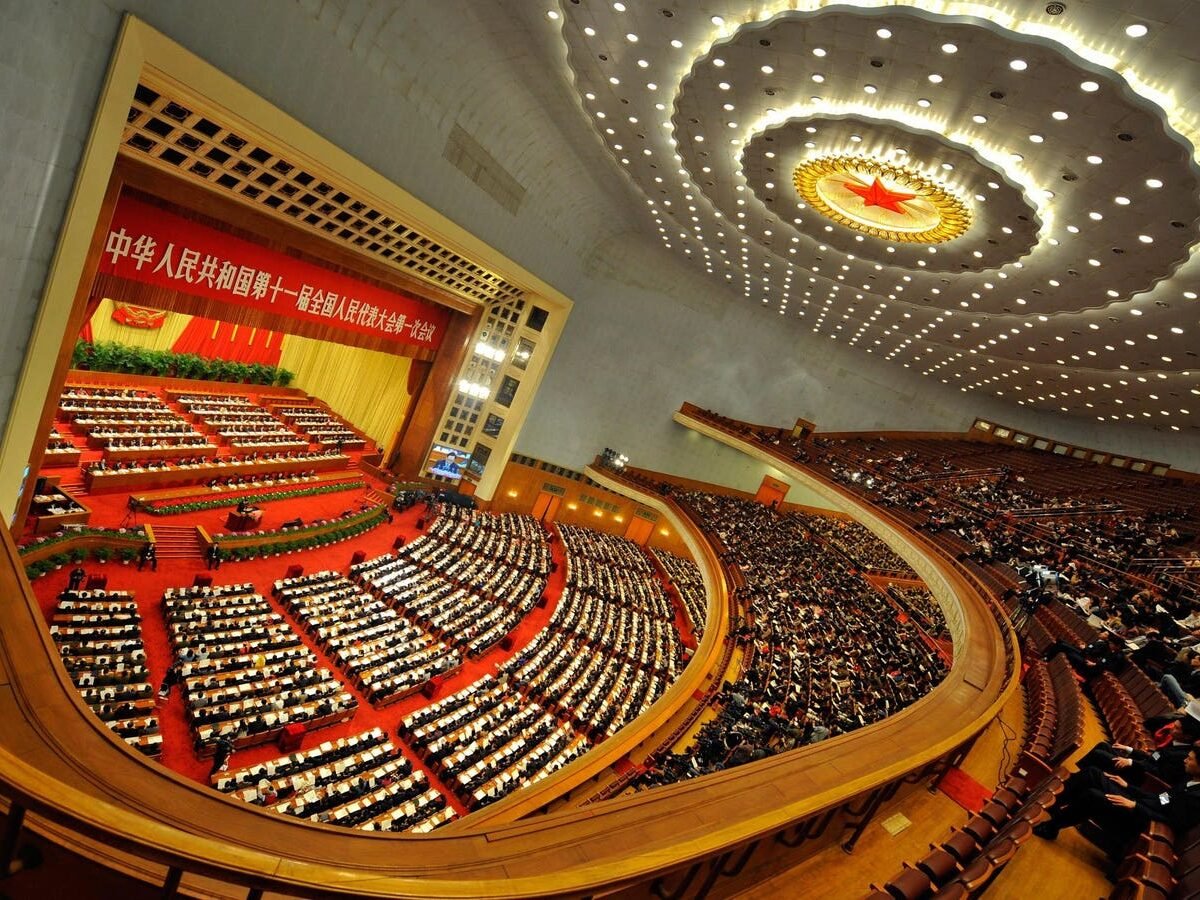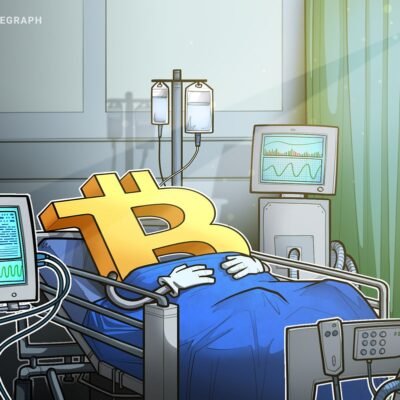One of the many meetings where Chinese Communist Party members and delegates decide to do too little … [+]
If China’s failing economy did not generate some excitement, the pattern would seem tediously repetitious. Like a series of horror movie sequels, the tired formula has repeated for years now. The economy has given off signs of weakness. Beijing has either ignored the problems or put forward inadequate or ill-conceived policies. These have failed to remedy the problem, and the economy then has given off still more signs of weakness, which have elicited different but still ineffective remedies followed by more signs of economic weakness. It is beginning to seem as though the pattern will never break and save the poor Chinese wage earners and businesses the pain involved.
The latest news from China confirms the persistence of the pattern. Through spring and early summer, Chinese leadership held a series of grand meetings, the sort of which the Chinese Communist Party (CCP) is so fond. Each such meeting has announced new policies that are supposed to help China regain its economic momentum. But as the economic news emerges, it becomes clear that the announced policies have failed to address the problems confronting Chinese economics and the country continues to suffer from a loss of dynamism and growth prospects.
While all the CCP meetings have confirmed the government’s already reduced 5 percent real growth target for 2024, every statistical and anecdotal measure says the economy is underperforming. According to Beijing’s National Bureau of Statistics, China’s real gross domestic product (GDP) for the spring quarter came in at 4.7 percent. Unemployment ticked up in July to 5.2 percent of the nation’s workforce, from 5.0 percent earlier in the year. The People’s Bank of China (PBOC) has reported a steep decline in bank and other forms of lending in July to 770 billion yuan from 3.3 trillion in June. It is the fastest such contraction in two decades. Some of this decline is seasonal, but not all of it, and it signals that households have little inclination to spend on consumer items or new homes and that Chinese businesses have a similar disinclination to spend on expansion of hiring.
Each major sector of China’s economy shows weakness in its own right. The greatest problem lies with housing. Home sales by value fell almost 26 percent in July from year-ago levels. Most telling is how property prices have continued to decline, by 5.3 percent in July from year ago levels, worse than the 4.9 percent recorded for June. This carnage has occurred despite Beijing’s recent over 500-billion-yuan effort to remedy the matter by buying up unoccupied apartments.
The drop in property values has had knock on effects in consumer spending. Because for most Chinese the value of their home constitutes the bulk of their household wealth, the drop in home values has made households feel poorer and accordingly prompted a drop in spending levels. The effect is a major drag on the overall economy. Beijing has tried to boost consumer spending with a program to buy up older household appliances and cars and thereby spur new sales, a kind of Asian version of the “cash for clunkers” program the Obama administration administered to little effect in the American recession of 2008-09. Not surprisingly, the Chinese version has had little response. As of July, retail sales were only 2.7 percent above year-ago levels, well below the target for the overall economy and down from growth rates of earlier in the year and late last year.
Meanwhile, business spending has also lagged. In 2023, the most recent period for which figures are available, capital spending by private business for expansion and modernization increased a mere 1.9 percent, much less than public spending and certainly less than China needs to meet its growth target. Such reluctance is understandable given the sluggish and uncertain behavior of the overall economy, but there is more. Not too long ago, President Xi Jinping castigated private business owners for following profits instead of the CCP agenda. Now that China wants businesses to expand their operations, Xi has changed his tune and has begun to praise business owners as “our own people.” His earlier remarks, however, have had effect. Business owners fear, not unreasonably, that he might change his tune back to his old way of thinking. That fear has received a fillip of late because the authorities announced plans to give themselves a big role in how private business spends. Needless to say, private businesses have hesitated to put more at risk.
Exports, too, have lagged. Growth in the rest of Asia has boosted overall figures, but the all-important sales in the west and Japan are far from encouraging. Governments in Washington, Brussels, and Tokyo have shown varying degrees of hostility toward China trade, placing tariffs and other restrictions on the movement of goods. Washington has been most forceful in this regard, but it is not alone. More than government hostility, business in the west and Japan is determined to diversify its sourcing away from China. Shipments of goods from China to the United States, Europe, and Japan are all down from year-ago levels.
Last year, Beijing launched a program of government investment in high technology, especially electric vehicles (EVs) batteries, advanced computer chips, and green energy. In part the authorities did this to make up for the deficiencies in home buying, consumer spending, and private business investing. All that effort has done, however, is create an excess capacity in the targeted areas and distort the Chinese economy to produce in areas that neither the Chinese nor the rest of the world wants from China. Nothing in this picture – either the government programs or the results – is pretty. Sadly, the pattern seems set to replicate itself going into the future, as it has for some time now.





